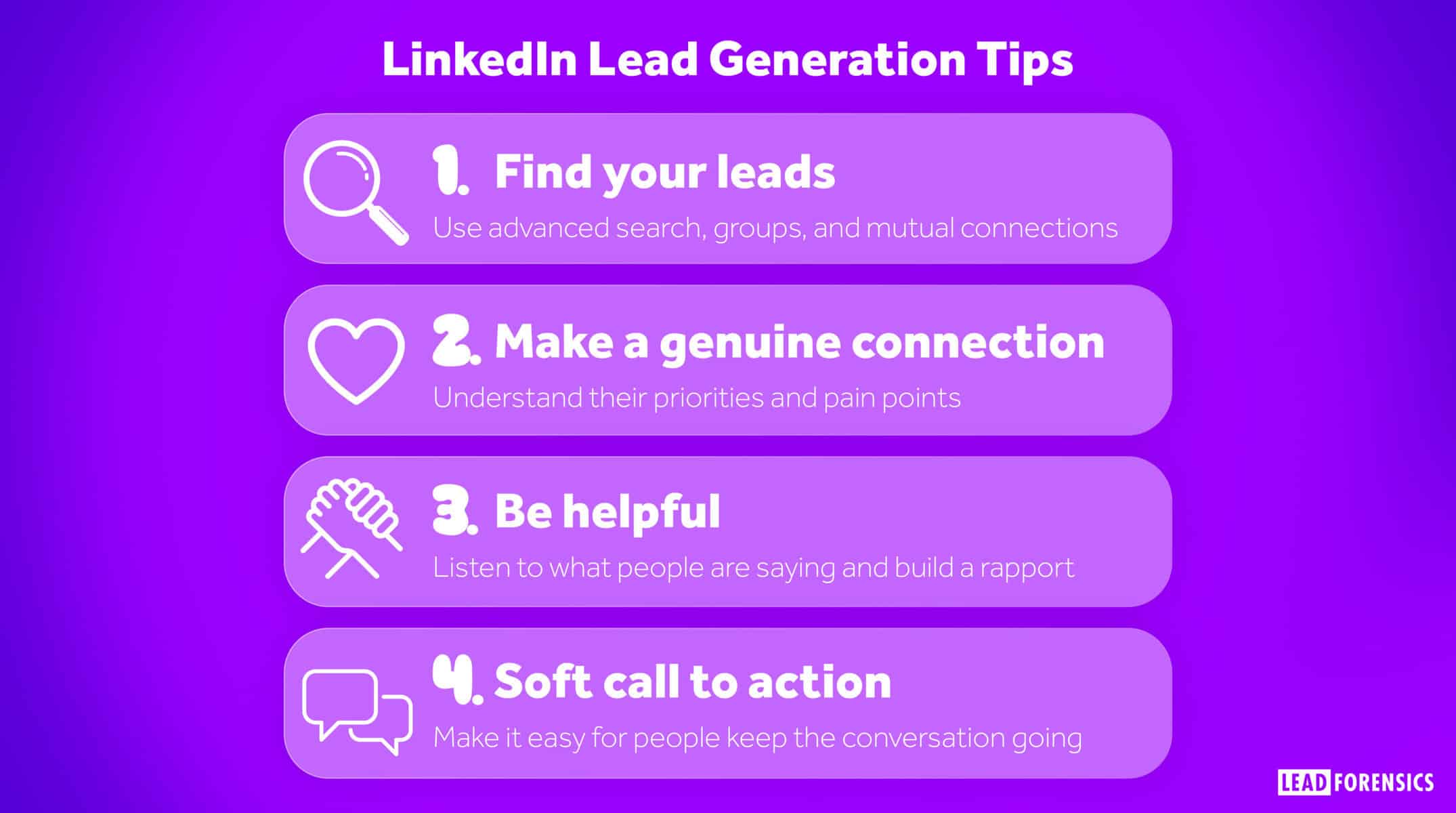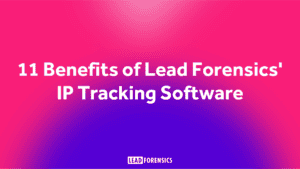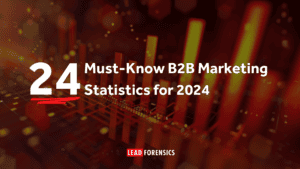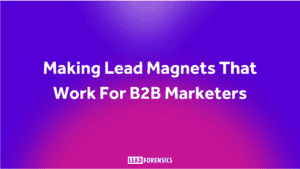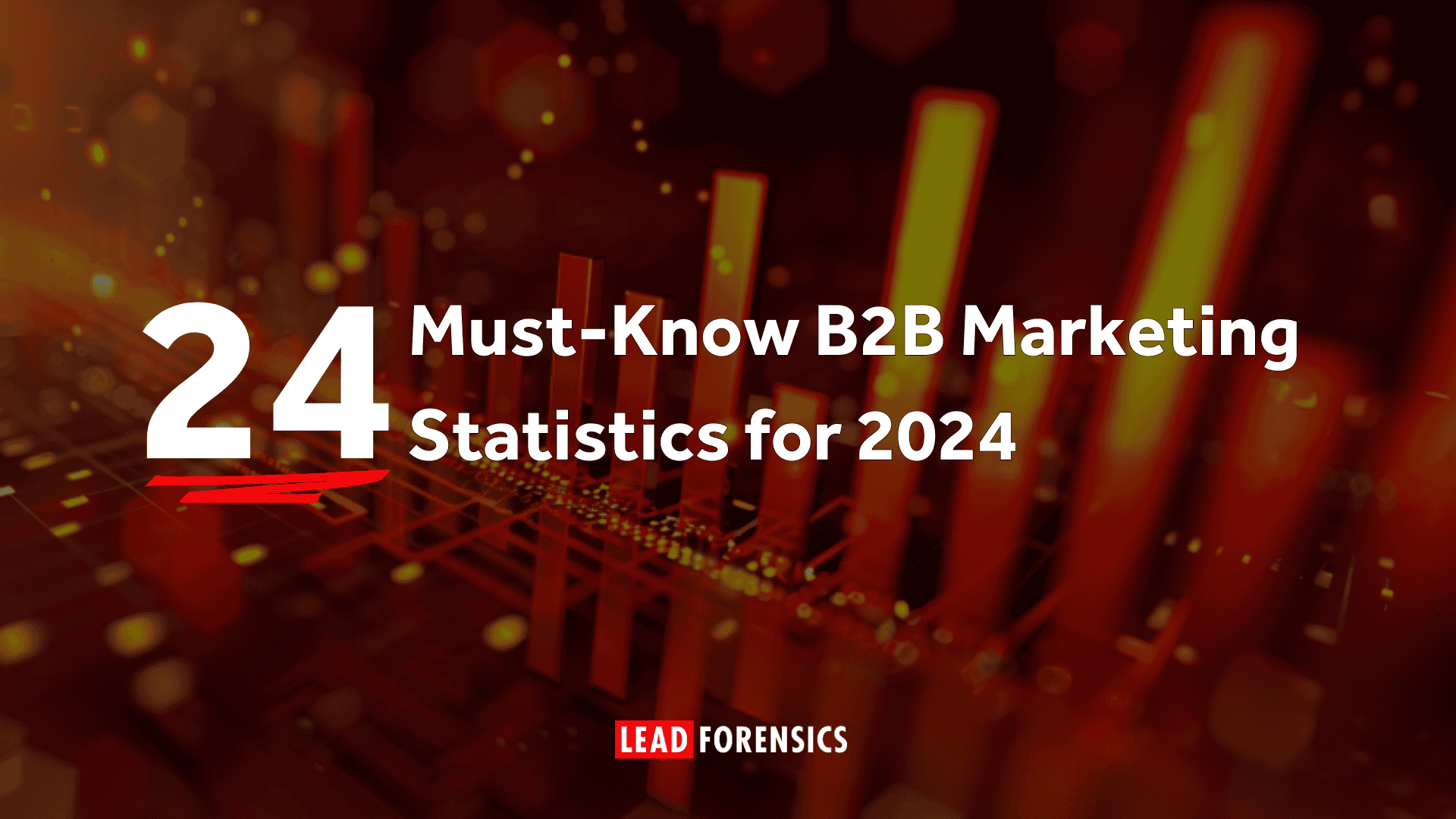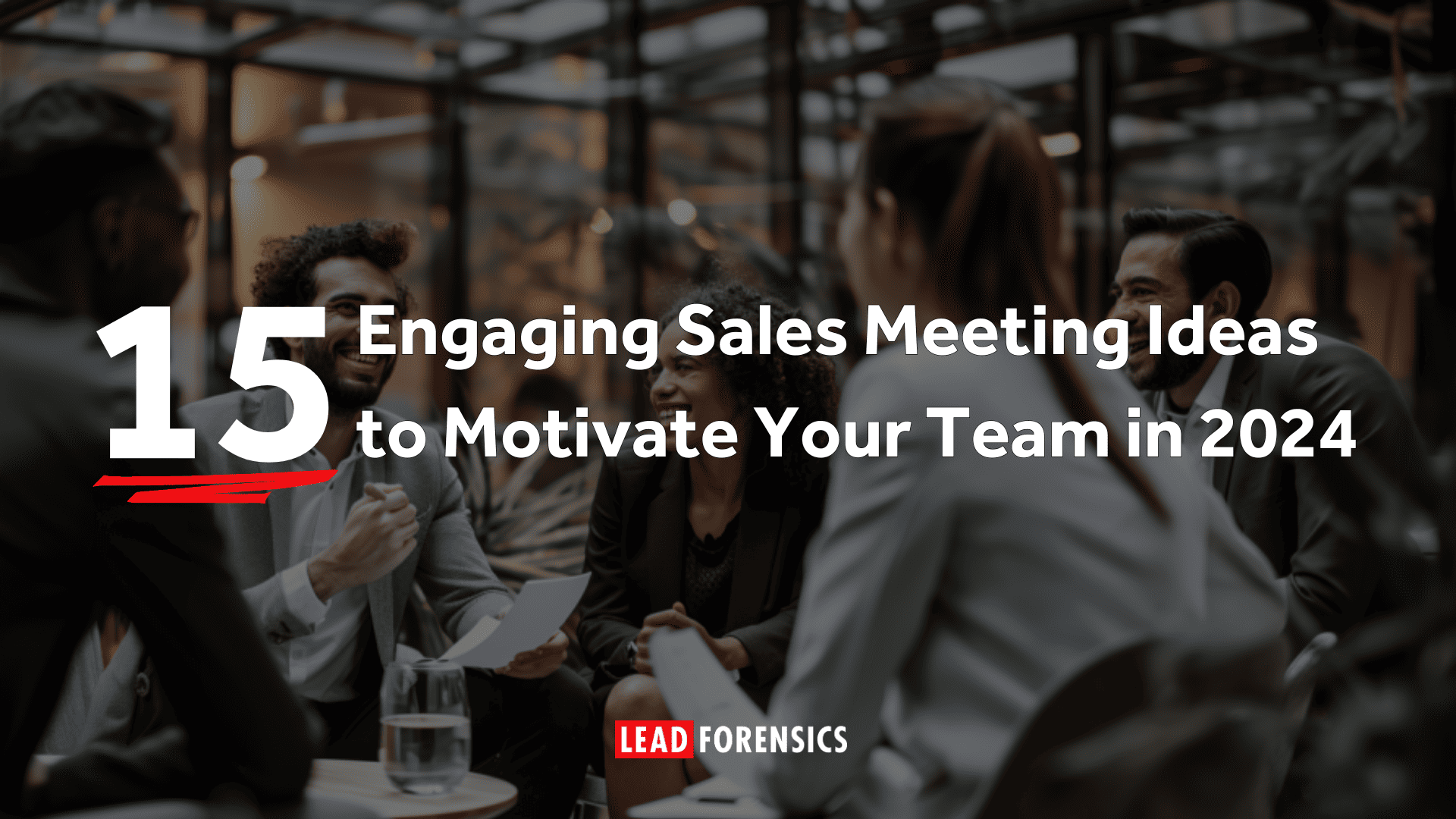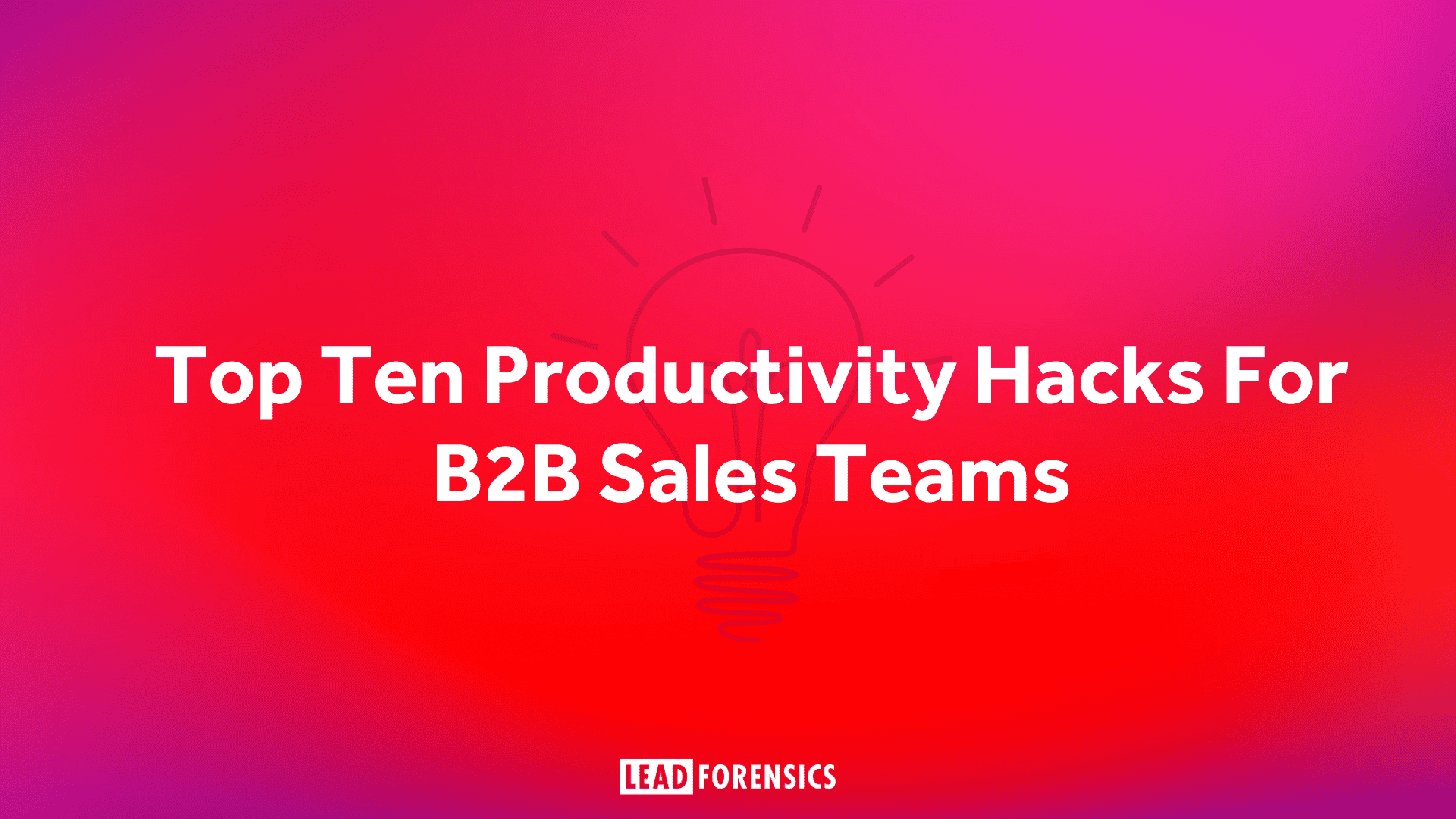Getting The Basics Right
Before you attempt any marketing, you need to make sure you’ve got the basics right. That means having a strong personal and company profile that really showcases your business.
Why is this so important? Well, here’s what we’re aiming for:
- You’re going to start engaging with people on LinkedIn. When you do so, it will be as an individual. It is your name that will crop up in the news feed.
- Anyone who finds what you have to say interesting is likely to click through and look at your profile page, to investigate you further.
- Once there, they may then click to look at your company page, to get a feel for what it’s all about.
To make the optimum use of this process, all the parts of the chain need to be in place and as strong as they can be, before you start driving people to them.
Here’s how to strengthen your profile:
Make sure your photo is a professional one. You should avoid anything with a busy background, other people in, or your pets. A shot of you in your bathing suit is also not going to go down well!
A good clear headshot, where your facial expression and eyes are visible, is the best first impression you can give online. When we meet someone in person we will make an instant judgement about them based on what we see, and online isn’t any different. It’s more difficult if anything because all you’ve got to make that instant impression is one photo.
Fill out as much detail about your past experiences as makes sense. You certainly don’t have to list everything, particularly if it isn’t relevant to what you are currently doing. Keep it precise and explain in each case what you have done for that company, or on that project.
How To Find Leads On Linkedin
LinkedIn is full of potential leads just waiting for you to grab them, so how can you find and engage with them, to start building a valuable working relationship?
1) Advanced Search
Advanced search is available to everyone on LinkedIn. If you have a free profile then you won’t have the full range of features, but you can still use it to give yourself a good head start. (If you do intend to use LinkedIn a lot for lead generation, then investing in the professional tool is probably a good idea).
With the search function, you can choose from many different filters, including location, job role, etc. Use them well and you’ll be able to narrow down your search and save the criteria you’ve set. The benefit of this is that you can go back to it regularly and keep fine-tuning your list.
The search results will show you those people who are your direct, 2nd or 3rd degree connections. The more broadly connected you are, the more people you will be able to contact this way.
2) Contacts of Contacts
While the advanced search tool will generally give you better results, there’s nothing stopping you from looking at the connections of specific people in your network too. You may find some people hide this information, while others won’t.
3) Groups
Another great way to connect with people is by participating in LinkedIn groups. You can find such groups by using the search function and looking up key words and phrases. Once you’ve joined one you’ll be able to contact people you have no connection with at all, just because you are both in the same group.
How To Approach Contacts On Linkedin
LinkedIn only works as an outbound lead generation tool if you leave your sales hat at the door (despite having a sales intent behind your actions). Make sure you never act like a spammer. It is very easy to fall into this trap, even if you don’t intend to, so always guard against it.
People don’t want to be sold to and they don’t want to get advertising messages they didn’t ask for. What they want is to be able to find good quality information that they need and which has genuine value for them.
Joining every group on LinkedIn and simply posting a link to your latest blog post or eBook will be a waste of time and is likely to gain you a bad reputation, as well as generating no results.
Never forget, LinkedIn is a social media platform, even if it’s aimed at business professionals. It is about interaction and relationships, so you need to be human in how you communicate.
Approach it with a strategy of listening and being helpful. This will be far more beneficial and help you establish a reputation as someone who is knowledgeable. This in turn will help you to start building trust, forming relationships and eventually gaining access, so that the sales process can get started.
Making Genuine Connections
When you approach someone on LinkedIn, you are basically talking to a stranger. Never forget that. You are aiming to build a relationship like any other and it will take time to get going.
If they don’t know you, then the first hurdle you need to overcome is showing them that it’s going to be worth their while engaging with you.
You may be tempted to hit them with everything you have to offer. Instead, offer just a little at a time and wait for feedback, adjust, try again and keep repeating the process. That is the secret to building trust, which may eventually lead to a closed deal.
Follow the lead of professional storytellers who will pull you into a story bit by bit. They will give you just enough information to keep you interested and eager to hear more.
Also, be honest. There is no point pretending you don’t want to sell to them, just adjust what you’re saying and how you say it.
For example, rather than pushing, “we have the best HR product around and you need to see it” try rephrasing it as “in the past, we’ve managed to save our clients 10% off their HR cost. Would that be something of interest to you?”.
Focus on the ‘WIIFM’ (what’s in it for me). Everyone wants to know how they’re going to benefit. Why should they do it? What would they get out of it, were you to ask of them for a meeting, conversation, correspondence and a working relationship? Cater to this need.
When someone gets an opening line like this, if it fits their needs and interests then the next thing they’ll do is click on your profile and company pages. That means it’s super important that the information on those pages answers the questions they may have next. You need to get them to the point where they’re thinking – ‘yes, this really sounds interesting’.
The Art of the Soft Call To Action
In sales, you’re always told to push to secure next steps and another meeting. Keep this in mind with your LinkedIn interactions too.
In the beginning, when contacting someone you don’t know or have little history with, you need to softly engineer the next interaction. This could be as simple as having them click on a link within your introductory message.
Avoid plastering this message full of information, thinking it may be your only chance to get them to react. Instead, look to use the tension building model.
Always include an easy and gentle way for them to respond to your advances. Word your message well and offer a link, then see what happens. It’s then time to move on to the next level of engagement with anyone who clicks through or responds in any other positive way.
If you’re a Lead Forensics customer, don’t forget you can set up an alert to go out to you immediately when certain businesses visit your website. This can also be taken as a positive sign. Just because they’ve been on your website doesn’t mean they’re going to buy right now, but it does tell you that what you did was interesting enough for them to act on it.
You will then be able to look on our database to find additional contacts at the company who you may want to get in contact with too. Crosscheck the information from LinkedIn against the database and your next big account could soon be in your sights.
Give, Give, Give
If you don’t want to come across as a spammer, be genuinely helpful. Listen to what people are saying and what they want to know. Just give them the kind of information that they’re after. The more relevant your response is, the higher you’ll score with them. Even if it has absolutely nothing to do with the product you’re offering. For example, perhaps they’re asking for a recommendation and you’ve had a good experience you can share.
At the beginning of building a relationship, you’re really just trying to get a feel for each other. Be helpful and get some rapport going.
Show Them That You Care
This can be a tricky thing to do. However, with a couple of well-placed questions and replies, you can do it easily. Remember, the easiest way to get this right is to genuinely care- it’s as simple as that.
Approaching Known Vs. Unknown Contacts
If you already know a contact on LinkedIn then it’ll be far easier to get into conversation with them. Simply refer to any previous interactions you’ve had, or anything else you may have in common.
If the person is totally unknown to you – other than perhaps sharing a connection or being in the same group – then never assume they actually know the mutual contact, as it may not be the case. And unless you’ve seen they are active, then they may have forgotten they’re part of the group!
Go in slowly. It’s never a good idea to ask someone to marry you on the first date – i.e. think hard about what you’re going to say in your first interaction and don’t go in too strong. That will never end well.
Aim to gradually get to know the other person and their needs by asking relevant, interesting and not too self-serving questions, then check on their reaction.
Using Linkedin Groups
Other than finding people in relevant groups and contacting them, it’s also good to dedicate some of your time actively engaging in such groups.
For this to work as a lead generating activity, there are a few unwritten rules you need to follow.
Firstly, be aware that there are all sorts of groups on LinkedIn, which come with varying degrees of usefulness. You need to look out for groups that are:
- Relevant – related to your main topic
- Active – check there are actual discussions going on
- The right size – big enough but not so big that you get lost
Whenever you join a group, don’t ever just post a link and leave it there. This is spammy behavior and will be frowned upon. Instead, get stuck into the discussions.
If you stick to relevant groups you’ll find it far easier to take part in discussions and make a meaningful contribution. Once you’ve hit on a good group it could soon prove a goldmine of leads for you.
Aim to be known and recognized within the group for your helpfulness and interesting contributions. If you then include (when appropriate) a link back to your own information and even an offer, it will be acceptable. But, it definitely won’t work the other way around!
To enter a group to get leads, remember to leave your sales hat at the door. Put your educational one on instead. Yes, you are only spending time there because you want to sell, but understand that at this moment your strategy must be to make friends.
When you engage in these groups, check out the profiles of the people you talk to. They will be alerted that you have looked and may reciprocate. Judge whether you can also start a private conversation with them, about either the topic in the group or something interesting you spot on their profile.
Get A Conversation Going In a Group
It isn’t always easy to get a conversation going within a group and your success will depend largely on the community using that group. In some, it will flow easily, while in others it will take far more listening and watching before you hit on a good line of conversation.
The easiest option is to ask a question and encourage interaction that way.
If you’re focused on leading the discussion into an area where you may eventually get to share your offer, then remember it can’t be rushed. Do it bit by bit.
For example, if you’re a filmmaker then you could share advice all day long on how to shoot the perfect video. Every so often, at an opportune moment, throw in a link to your offer. Most won’t bite, but a few might and then it will all have been worth it.
Another tactic is to “ping-pong” with one or more colleagues. Each of you write a couple of opinion pieces or informational articles, using LinkedIn’s publishing tool. Then link to those of your colleagues in the various discussions you are having, and vice versa. That way you’re not necessarily promoting yourself all the time, but still getting the overall company message out there.
LinkedIn presents a great opportunity for lead generation. To capitalize on this, you need a strategy that understands the platform and how to get the most from it. You’re looking to engage with strangers in a meaningful way, by offering helpful information and gently leading them towards a lead generation offer on your website.
Getting this right will take time and effort, but in the end, you’ll be creating highly targeted and qualified leads you can work on to close more deals.


